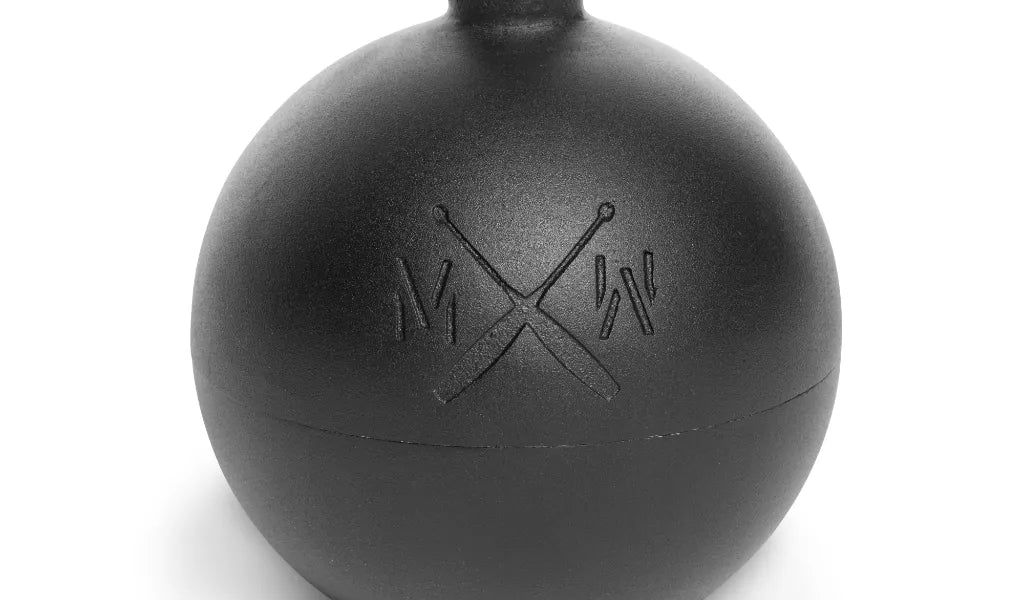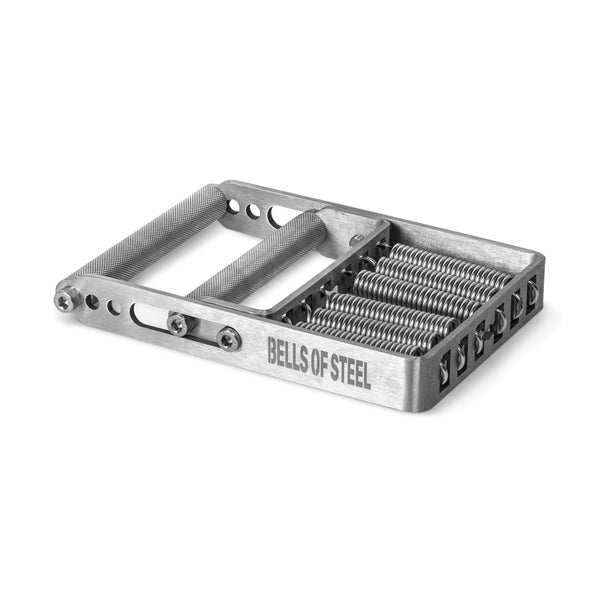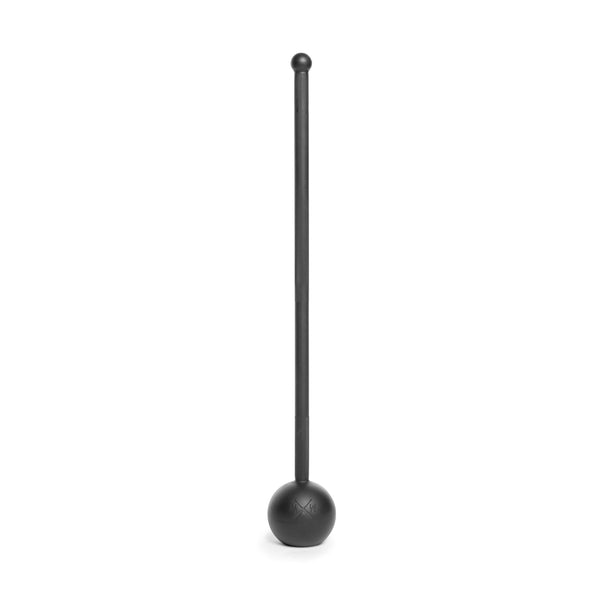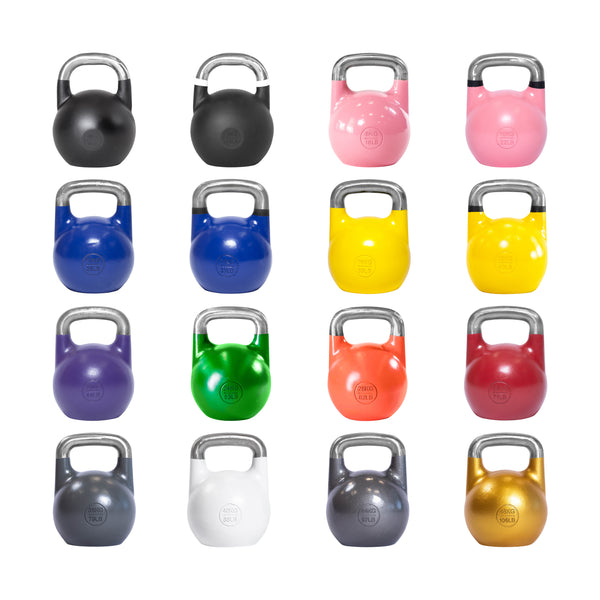Macebells may look like something out of a medieval battlefield, but make no mistake—this ancient training tool is one of the most effective modern implements for building real-world strength, mobility, and endurance.
If you’ve been eyeing a macebell lately, you might wonder: What muscles do macebells work?
The short answer? Almost all of them. But let’s dig into the details.
Macebells: Muscles Worked
Posterior Chain
The macebell's off-center weight distribution forces your body to work harder to stabilize during every movement. That’s especially true for your posterior chain—the powerful group of muscles along the backside of your body. These include:
-
Glutes – Essential for hip extension and power generation.
-
Hamstrings – Engaged during squats, lunges, and swings.
-
Erector Spinae (Lower Back) – Provides stability and strength during loaded movement patterns.
-
Trapezius and Rhomboids – Activated during swinging and rowing motions.
Macebell movements like the 360 swing or 10-to-2 require a high degree of posterior chain coordination to resist momentum and control the bell’s arc.
Core
Because macebell exercises typically involve rotational or anti-rotational force, your core muscles get a brutal yet functional workout. These include:
-
Rectus Abdominis – Stabilizes the spine during movements like overhead presses or front holds.
-
Obliques – Crucial in controlling the rotation and deceleration during swings.
-
Transverse Abdominis – Deep core stability muscle engaged throughout all macebell exercises.
Training with a macebell often demands isometric tension in the core, especially during offset carries or static holds, promoting better posture and spinal health.
Shoulders
If you’ve ever swung a macebell for reps, you already know the shoulders take a serious beating—but in a good way. Macebell workouts target:
-
Deltoids – The dynamic, overhead nature of macebell work challenges all three heads (anterior, lateral, and posterior).
-
Rotator Cuff Muscles – These small stabilizers work overtime during swings and presses to maintain joint integrity and mobility.
-
Scapular Stabilizers – Including serratus anterior and traps, these muscles keep your shoulder blades moving fluidly and safely.
Unlike traditional overhead presses, macebell shoulder training improves strength, functional range of motion, and shoulder health.
Arms & Forearms
Holding a long lever with an unevenly distributed weight? Your grip strength is going to skyrocket. Macebells force constant engagement of:
-
Forearms (Flexors and Extensors) – Every swing and hold demands vice-like grip control.
-
Biceps & Triceps – While not the primary focus, they're heavily recruited during movements like uppercuts, cleans, and presses.
-
Brachioradialis & Wrist Stabilizers – Essential for controlling the bell’s momentum and direction.
Improved grip strength also carries over into deadlifts, pull-ups, and daily life tasks.
Legs
Macebell training isn’t just upper-body work. When integrated with full-body movements like lunges, squats, and step-throughs, your legs become just as involved:
-
Quads & Glutes – Power your movements and keep the base stable.
-
Adductors & Abductors – Provide side-to-side control during rotational drills.
-
Calves – Stabilize the ankles during balance-based movements.
This makes the macebell not just a strength tool, but a weapon for longevity in training and life.
Final Thoughts
So, what muscles do macebells work? Pretty much all of them. This unconventional tool delivers a total-body workout emphasizing balance, mobility, and control from your shoulders and core to your legs and grip. Ready to wield your strength like a warrior? It’s time to train with the mace!




